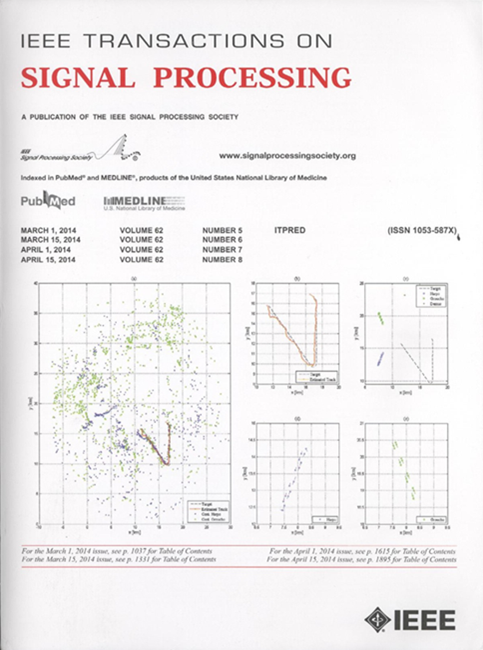Rate-Matching Framework for RSMA-Enabled Multibeam LEO Satellite Communications
IF 4.6
2区 工程技术
Q1 ENGINEERING, ELECTRICAL & ELECTRONIC
引用次数: 0
Abstract
With the goal of ubiquitous global connectivity, multibeam low Earth orbit (LEO) satellite communications (SATCOM) has attracted significant attention in recent years. The traffic demands of users are heterogeneous within the broad coverage of SATCOM due to different geological conditions and user distributions. Motivated by this, this paper proposes a novel rate-matching (RM) framework based on rate-splitting multiple access (RSMA) that minimizes the difference between the traffic demands and offered rates while simultaneously minimizing transmit power for power-hungry satellite payloads. Moreover, channel phase perturbations arising from channel estimation and feedback errors are considered to capture realistic multibeam LEO SATCOM scenarios. To tackle the non-convexity of the RSMA-based RM problem under phase perturbations, we convert it into a tractable convex form via the successive convex approximation method and present an efficient algorithm to solve the RM problem. Through the extensive numerical analysis across various traffic demand distribution and channel state information accuracy at LEO satellites, we demonstrate that RSMA flexibly allocates the power between common and private streams according to different traffic patterns across beams, thereby efficiently satisfying users’ non-uniform traffic demands. In particular, the use of common messages plays a vital role in overcoming the limited spatial dimension available at LEO satellites, enabling it to manage inter-/intra-beam interference effectively in the presence of phase perturbation.支持rsma的多波束LEO卫星通信速率匹配框架
多波束低地球轨道卫星通信(SATCOM)以无所不在的全球互联为目标,近年来引起了广泛的关注。由于不同的地质条件和用户分布,在卫星通信的大覆盖范围内,用户的流量需求是异构的。基于此,本文提出了一种基于分频多址(RSMA)的新型速率匹配(RM)框架,该框架可以最大限度地减少业务需求与提供速率之间的差异,同时最大限度地减少耗电卫星有效载荷的发射功率。此外,考虑了由信道估计和反馈误差引起的信道相位扰动,以捕获真实的多波束LEO卫星通信场景。针对相位扰动下基于rsma的RM问题的非凸性问题,采用逐次凸逼近法将其转化为可处理的凸形式,提出了一种求解RM问题的有效算法。通过对低轨道卫星各种业务需求分布和信道状态信息精度的广泛数值分析,证明了RSMA可以根据波束间不同的业务模式在公共流和专用流之间灵活分配功率,从而有效地满足用户的非均匀业务需求。特别是,共同电文的使用在克服低轨道卫星可用的有限空间维度方面起着至关重要的作用,使其能够在存在相位扰动的情况下有效地管理波束间/波束内干扰。
本文章由计算机程序翻译,如有差异,请以英文原文为准。
求助全文
约1分钟内获得全文
求助全文
来源期刊

IEEE Transactions on Signal Processing
工程技术-工程:电子与电气
CiteScore
11.20
自引率
9.30%
发文量
310
审稿时长
3.0 months
期刊介绍:
The IEEE Transactions on Signal Processing covers novel theory, algorithms, performance analyses and applications of techniques for the processing, understanding, learning, retrieval, mining, and extraction of information from signals. The term “signal” includes, among others, audio, video, speech, image, communication, geophysical, sonar, radar, medical and musical signals. Examples of topics of interest include, but are not limited to, information processing and the theory and application of filtering, coding, transmitting, estimating, detecting, analyzing, recognizing, synthesizing, recording, and reproducing signals.
 求助内容:
求助内容: 应助结果提醒方式:
应助结果提醒方式:


